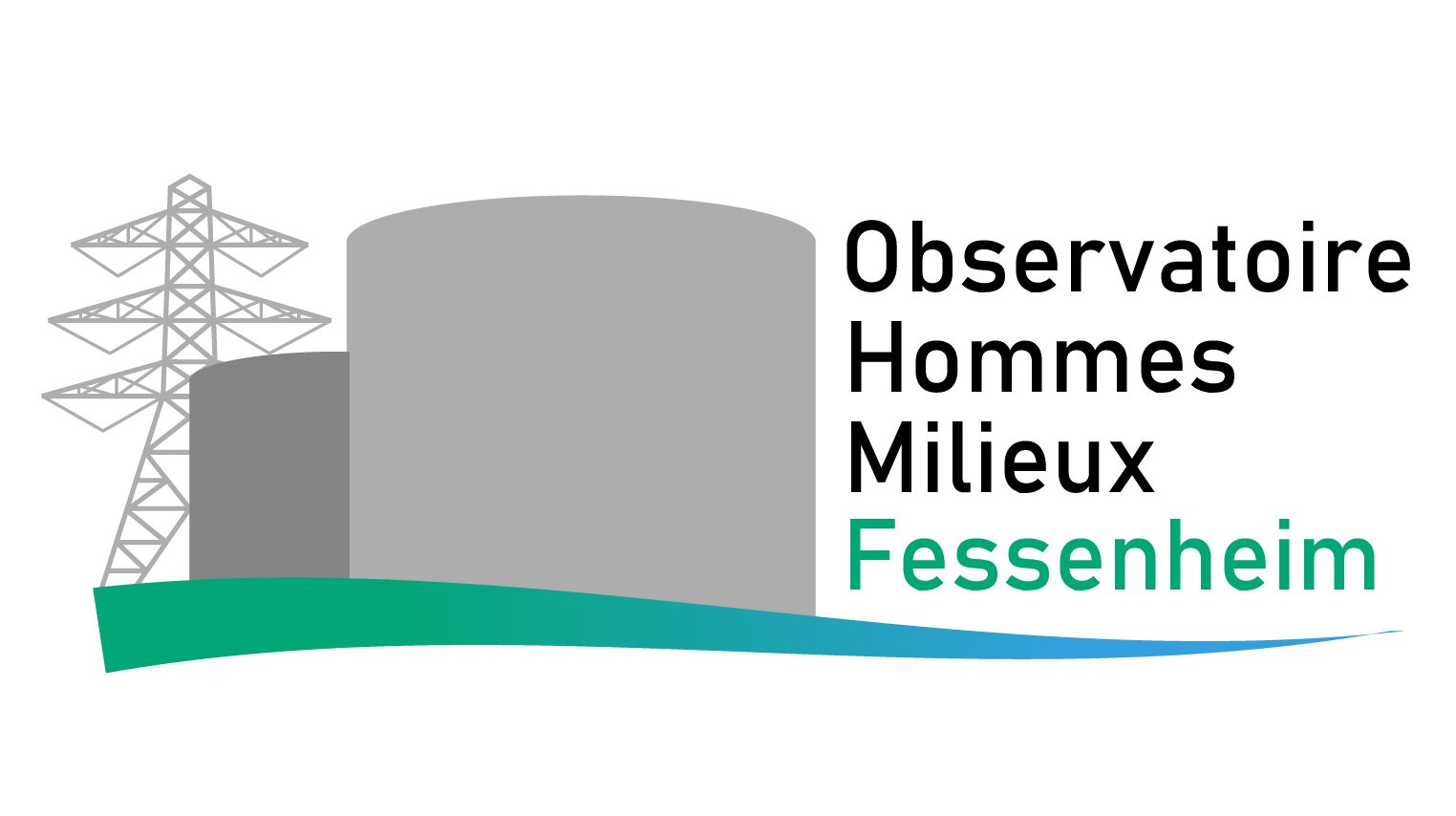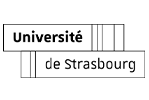Radiological impact of the Fessenheim Nuclear Power Plant decommissioning through prospective Life-Cycle and Risk Assessment approaches
The Fessenheim Nuclear Power Plant (NPP) is the first large-scale plant in France scheduled for decommissioning, set to begin in 2026. Few studies have investigated NPP decommissioning’s environmental impacts and especially radiological ones, which have been generally understudied within Life-Cycle Assessment (LCA). This work builds on and complements Électricité de France’s (EDF) regulatory Health & Environmental Risk Assessment (HERA) by conducting an LCA following ISO 14040/44 standards, dynamically accounting for atmospheric and freshwater discharges over 15 years. Radiological impacts on human health are estimated using two recently developed Life-Cycle Impact Assessment (LCIA) methods: UCrad, built as a radiological counterpart to USEtox (designed for global averaged results), and CGM, drawing on the analytical modeling of HERA studies (intended for plant-scale assessments in a screening context). At the midpoint level, 3H, 14C, and 60Co are identified as key radionuclides, with varying contribution to total impacts across methods, the Water Metal cutting and Regular exploitation processes being the primary discharge sources. The worst estimate of public total dose is 400 times lower than the French average annual dose. However, comparisons with EDF’s results and other HERA studies show CGM’s limited current relevance for bridging HERA and LCA due to divergent results. The creation of adapted characterization factors (CFs) for alternative discharge configurations is recommended. Using QGIS software, population data aligned with shared socio-economic pathways (SSPs) enable creation of prospective endpoint-level CFs, allowing comparison between static and prospective UCrad estimates. Neglecting the prospective dimension of NPP decommissioning leads to a 17–21.8 % underestimation of global damages. CGM being site-dependent, population distribution assumptions heavily influence results. Since CGM midpoint impacts seem reasonably interpolated as a function of distance, improvements could involve implementing spatial fits within QGIS to compute representative CGM endpoint impacts, provided an appropriate balance between computation time and spatial resolution is commonly adopted.




